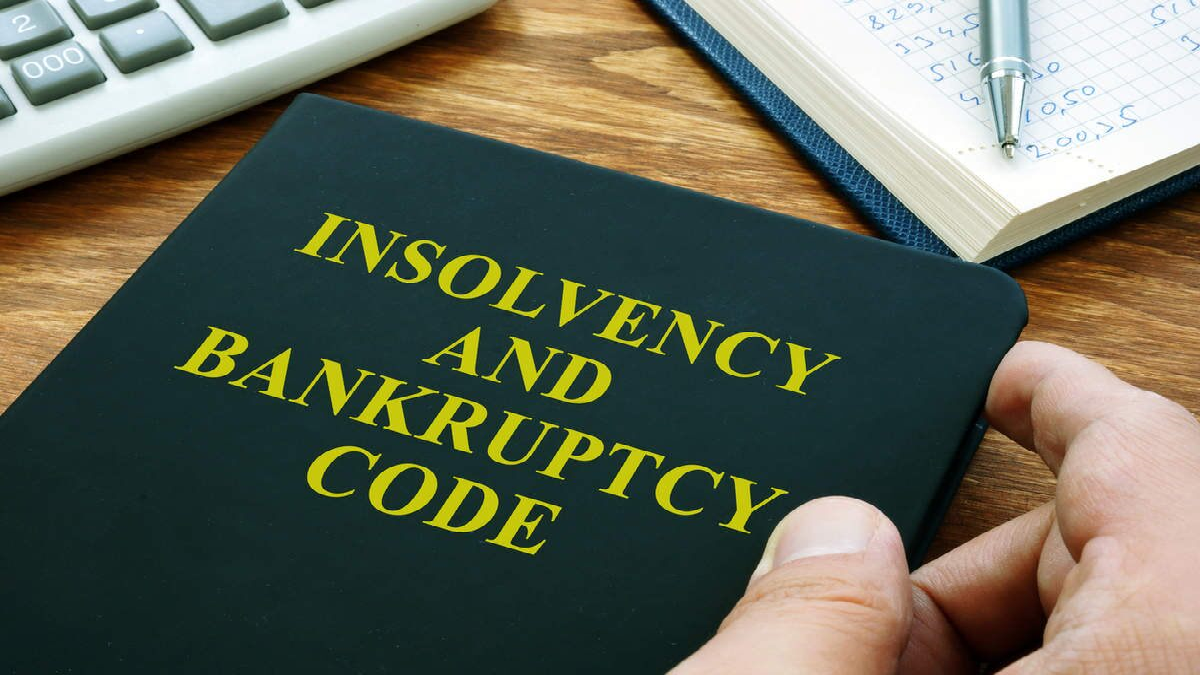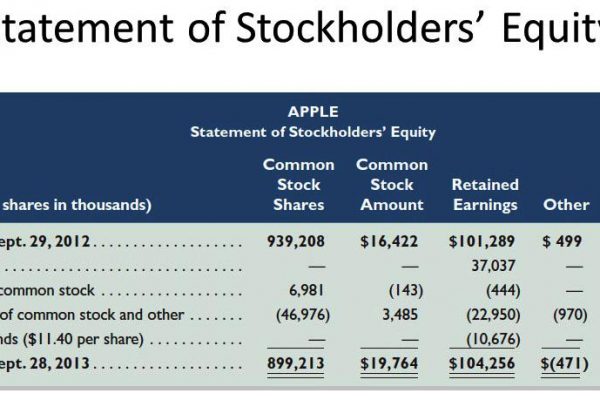What Is Insolvency?
The legal process of bankruptcy is a person or organization being unable to pay their debts on time, whereas insolvency is the financial status where a company or individual is unable to do so. When less formal methods for improving the financial position have failed, an insolvency procedure may start. If a firm owes more than £750 and does not dispute the debt, it can go into bankruptcy. If solutions are unsuccessful in addressing the current financial situation, insolvency might lead to bankruptcy in some situations.
Cash-flow Insolvency
When a person or company’s assets exceed their liabilities, but their liquid capital is insufficient to pay pressing obligations, they become cash-flow insolvent. In other words, they own property with a higher value than their debt, but they don’t have the funds necessary to service it. This is generally a problem that can be resolved through negotiation, in which a creditor may elect to wait for assets to sell instead of taking further action.
Balance-sheet Insolvency
Balance-sheet insolvency is the alternative. This occurs when the obligations outstanding exceed the value of all the assets owned. A balance-sheet bankruptcy isn’t always fatal since individuals may still have enough cash flow to pay their expenses. However, they will only be able to pay a bill lawfully if it’s in everyone’s best interests. If an insolvent person can’t accomplish this, they’ll go bankrupt.
Insolvency Vs Bankruptcy
In the case of an individual’s bankruptcy, it refers to a specific sort of insolvency. It is not a term that may be used in its legal sense with respect to a partnership or limited company, but it is frequently used loosely to characterize any sort of financial failure.
It’s a sort of personal bankruptcy that is far more severe than individual voluntary arrangements, debt relief orders, or debt management programs, all of which assume the debtor may repay at least part of the money owed. Bankruptcy usually implies that creditors will not get anything back. Typically, it’s a condition declared by the court due to either an individual’s assets being less than their liabilities or because they are unable to pay their obligations.
Creditors and Debtor’s Petitions
When a consumer owes more than £5,000 and has no payment arrangement in place, the lender may file for bankruptcy on their behalf. The procedure can take one to two months to complete.
When one declares themselves bankrupt, the process is considerably faster, but it does cost money, about £680. However, creditors will be prevented from taking any further action because of this declaration. This is an official request for financial assistance on behalf of a debtor.
Advantages of Bankruptcy
The state of bankruptcy usually lasts around a year, during which time money earned by the bankrupt person may be taken to pay off outstanding debts. They also risk losing important belongings and, in some instances, their livelihood.
There is, however, a silver lining: if you’re declared bankrupt, you’ll be relieved of the burden. You won’t have to deal with your creditors and will be able to keep personal belongings as well as common living expenditures. Any outstanding obligations are forgiven at the conclusion of the bankruptcy period, allowing you to begin again.
Irwin Insolvency is a firm of professionals with more than ten years of bankruptcy and liquidation experience. Our team is certified to assist you in dealing with bankruptcy and liquidation, as well as recommending the finest option for you. If your financial circumstances are putting you on edge, contact us now.





